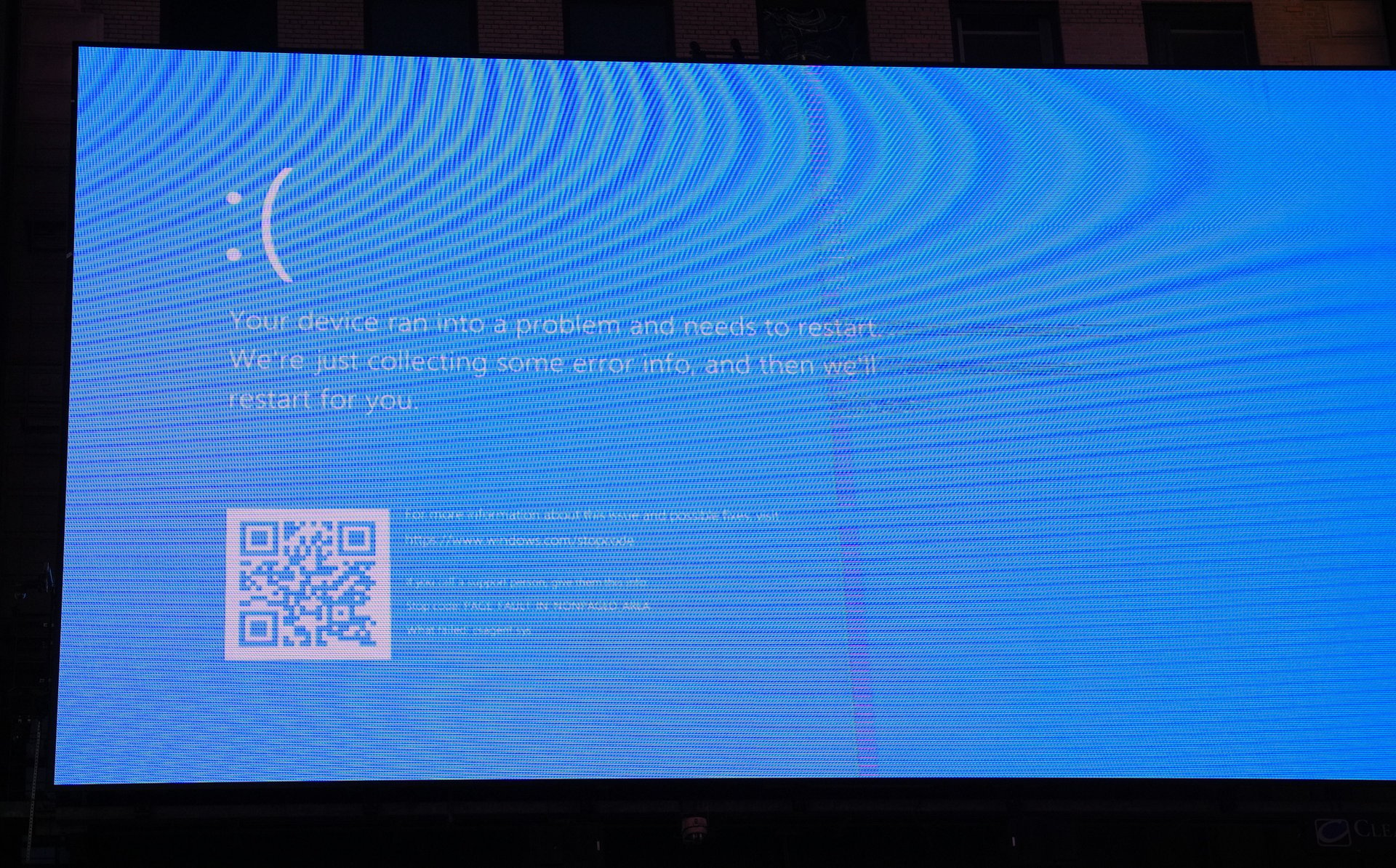Microsoft is about to kill its Blue Screen of Death
After four decades, the infamous error message is getting a reboot — literally — in the next Windows update coming later this summer

Selçuk Acar/Anadolu via Getty Images
For millions of Windows users, the so-called Blue Screen of Death has been less of a bug and more of a feature: a panic-inducing rite of passage, a shared trauma, and a reminder that no matter how fancy your machine, one rogue driver could tank your entire day. But after more than 40 years of system meltdowns and cryptic error codes, Microsoft is finally pulling the plug on the blue screen.
Suggested Reading
Later this summer, Windows 11 version 24H2 will feature a sleek, blacked-out replacement for its error message — same crash, less chaos, and a message designed to reassure: “Your device ran into a problem and needs to restart.” The shift isn’t just aesthetic. It’s part of a broader push from Microsoft to make Windows more resilient, more user-friendly, and (perhaps most importantly) less terrifying when things go sideways.
Related Content
The blue screen’s replacement looks dramatically different: no emoji frown, no QR code, no bold cobalt hue. Instead, the black crash screen will offer a cleaner interface that foregrounds what Microsoft thinks matters — namely, error codes and faulty driver names — right up front. That transparency is the point; in a world where downtime costs real money, Microsoft is betting that users and IT admins would rather diagnose a crash in 30 seconds than stare at a sad-face emoji and panic-search solutions to the issue on their phones.
Microsoft vice president of enterprise & OS security David Weston told The Verge that this change is more about clarity and speed in troubleshooting — displaying stop codes and faulty driver names directly on-screen — than revamping UI aesthetics.
This change is part of Microsoft’s new “Windows Resiliency Initiative,” a project announced this week that also includes a feature called Quick Machine Recovery. If a device won’t reboot, admins (or Microsoft itself) can push targeted patches directly through the Windows Recovery Environment, avoiding the dreaded cycle of wipe-and-reinstall.
Behind all this is a not-so-subtle reaction to last summer’s CrowdStrike update fiasco, which bricked millions of Windows machines across the globe in a matter of hours. That chaos revealed just how fragile enterprise-scale infrastructure could be, especially when third-party software worms its way deep into the OS kernel. In response, Microsoft is also shifting how antivirus and security tools interact with Windows, effectively sandboxing them from the core system to reduce the risk of kernel-level crashes.
Reactions on social media were mixed. “The Blue Screen of Death is dying for one last time and Windows crashes just won’t be the same ever again!” one user wrote on X. Another called it “The end of an era.”
The Blue Screen of Death, for all its many, many flaws, was iconic. But it also represented an era of computing where the user was at the mercy of the machine. Now, the next time your system goes down, it won’t be a blue catastrophe. It’ll be a black box — and a way out.
